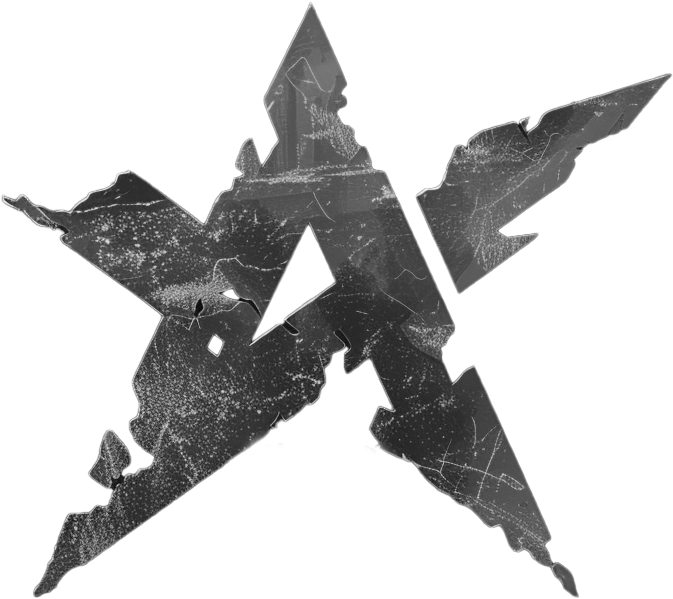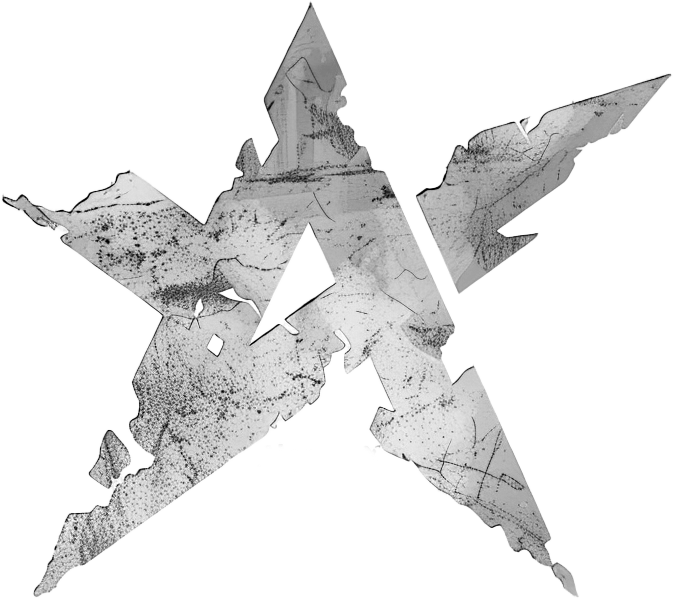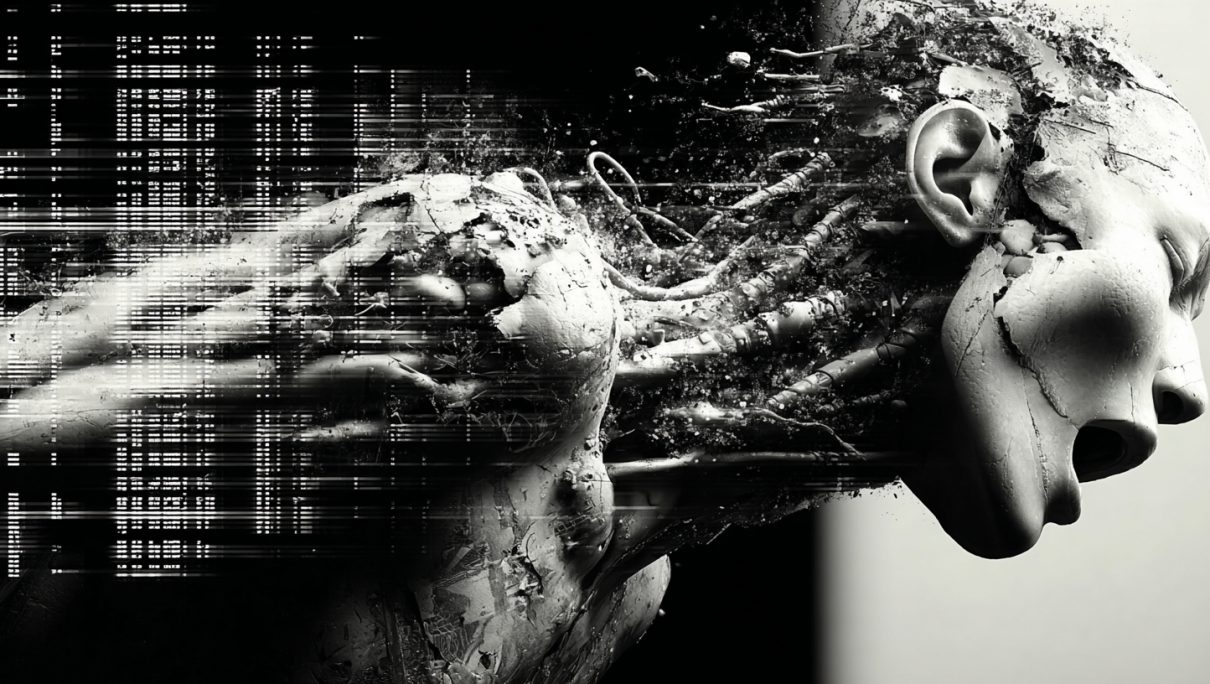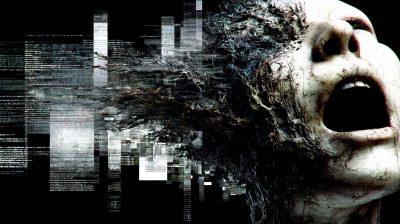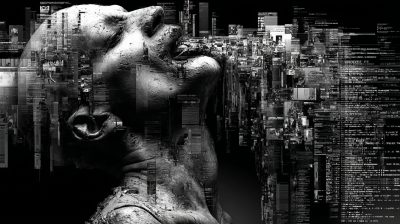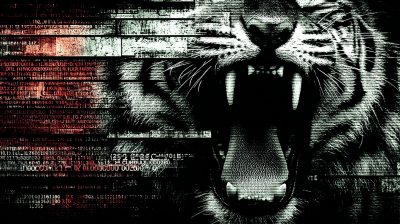More than a 2x upscale is binary roulette without the necessary control. So this is a game changer.
Websterix
From Pixels to Print: How Native 4K AI Generation is Redefining Creative Industries
For the past two years, the narrative around AI image generation has been dominated by the digital sphere. We’ve marveled at its ability to conjure fantastical scenes, perfect for social media feeds, blog posts, and digital avatars. The conversation centered on speed, concept, and creativity—but rarely on pure, uncompromising quality. The outputs, while stunning, often bore the subtle hallmarks of their algorithmic birth: a softness upon close inspection, a struggle with fine detail, and a resolution that was, ultimately, „good enough for the web.“
That era is over.
The recent leap to natively generating 4K (and beyond) images by AI models, exemplified by tools like SeeDream, isn’t just an incremental upgrade. It is a fundamental paradigm shift that is pulling AI imagery out of the confines of social media and catapulting it directly into the high-stakes world of professional print and large-format media.
The Resolution Revolution: Beyond „Good Enough for Instagram“
The magic number for high-quality print is 300 DPI (dots per inch). To render a full-page magazine image at 300 DPI, you need a native resolution of roughly 3600 x 5400 pixels. For a massive billboard or bus wrap, the dimensions are even more colossal. Until very recently, AI generators maxed out at resolutions like 1024x1024px. To reach print-ready sizes, artists had to rely on AI upscalers.
While powerful, upscaling is a form of educated guesswork. It interpolates data, adds pixels where none existed, and can often introduce a tell-tale „painterly“ smoothness, unnatural textures, or artifacts that betray the image’s artificial origins. The result was often beautiful, but it wasn’t natively sharp.
SeeDream and its contemporaries have changed the game. By generating images natively at 4K (3840 x 2160 pixels) and higher, they are creating a raw file with genuine, baked-in detail from the very first pixel. This means:
-
Pin-Sharp Textures: Every strand of hair, every pore on skin, every brick on a wall is defined by actual data, not algorithmic approximation.
-
Flawless Typography and Logos: AI’s historical weakness—rendering text—is dramatically improved at higher resolutions, making it viable for more design applications.
-
Confident Cropping and Zooming: Art directors can now freely crop into a natively 4K image without fear of it dissolving into a blurry mess, offering incredible flexibility in layout.
Why the Print Industry is Taking Notice
For print, this isn’t a novelty; it’s a revolution in workflow and cost-efficiency.
-
The Death of the Stock Photo Shoot? Concepting a campaign once meant budgeting for expensive photo shoots, models, locations, and photographers. Now, a creative director can generate hundreds of unique, hyper-specific, and royalty-free concepts in an afternoon. Need a „red-haired architect smiling confidently on a skyscraper beam at golden hour in a cyberpunk city“? It’s seconds away, in perfect print resolution.
-
Unprecedented Speed from Concept to Final Art: The timeline for creating visual assets has collapsed. What used to take weeks of mood boards, shot lists, and post-production can now be achieved in a matter of days. This allows for more iterative creativity, faster client turnarounds, and the ability to react to trends in real-time.
-
Democratizing High-End Imagery: Small businesses, indie authors, and freelance designers now have access to a quality of visual asset that was previously the exclusive domain of agencies with six-figure budgets. A local café can have stunning, bespoke wall art. An self-published fantasy novelist can have a breathtaking, wrap-around cover—all without breaking the bank.
The Great Migration: Why AI is Leaving Social Media
This jump in quality signifies a broader trend: AI image generation is maturing beyond its social media playground.
Social media is a low-resolution, high-noise environment where content is consumed quickly and discarded. The bar for „good enough“ is low. By achieving native 4K, AI is no longer just playing in that sandbox; it’s building tools for more serious, permanent, and quality-conscious applications.
The focus is shifting from generating a quick meme to generating a final asset. The conversation is moving from „Look what the AI made!“ to „This is the final poster for our movie.“ This transition demands more from the technology—not just creativity, but reliability, precision, and sheer quality—and it is now delivering.
How Far We’ve Come in Just Two Years
Consider the journey. In 2022, we were astounded by the first coherent, albeit dreamlike and low-res, images from early models. We treated them as fascinating curiosities. Today, in 2025, we are holding AI-generated images that can be blown up to the size of a building without losing integrity.
We’ve moved from generating concepts to generating finished products. We’ve evolved from using AI as a sketchpad to using it as a full-fledged production studio. The creative upscaling generation was a necessary bridge, but we have now crossed it. We have arrived at the destination: a world where the only limit is the creator’s prompt, not the medium’s resolution.
The message is clear: AI image generation has grown up. It’s no longer just for your feed. It’s for your wall, your bookstore shelf, your magazine, and the cityscape around you. The pixels are no longer just talking; they are speaking the language of print, and the industry is listening.
